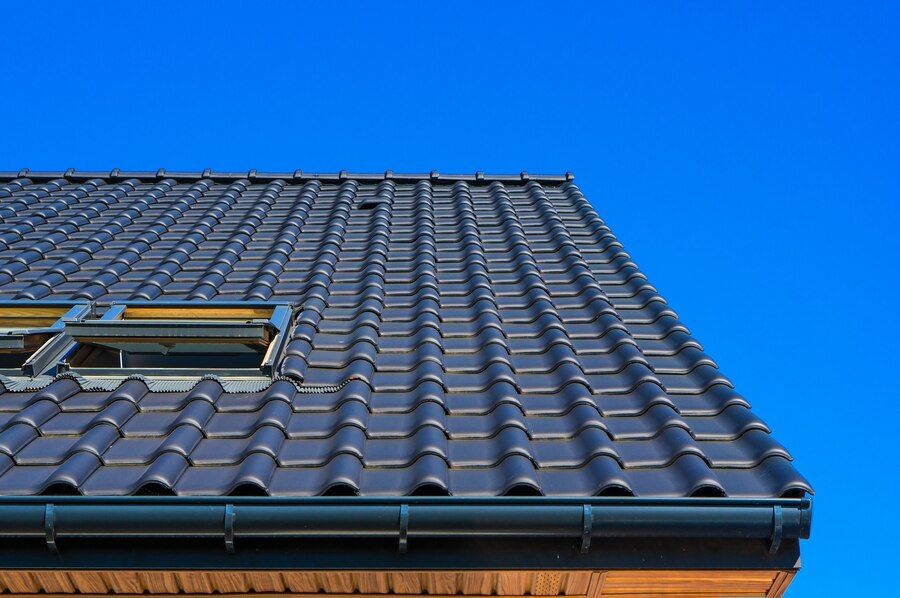When it comes to home improvement projects few are as important and impactful as a roof replacement your roof is your home’s first line of defense against the elements and its condition can significantly impact your property’s value and your overall well-being.
However, deciding on the best roof for your buck can be a daunting task its essential to strike a balance between cost and quality to ensure you make a wise investment.
1. Roofing Materials
The type of material you choose for your roof is a significant factor in both cost and quality.
There are several options to consider:
- Asphalt Shingles: Asphalt shingles are the most common and budget-friendly option. They come in various styles and colors, making them versatile for any home. However, their lifespan is generally shorter compared to other materials, ranging from 20 to 30 years.
- Metal Roofing: Metal roofing is durable and energy-efficient. It has a longer lifespan, often exceeding 50 years. While the upfront cost can be higher, it pays off in the long run due to its longevity and reduced maintenance.
- Wood Shingles or Shakes: These roofing materials offer a unique and natural look. They tend to be more expensive upfront and require more maintenance. However, with proper care, they can last 30 to 50 years.
- Slate and Tile: Slate and tile roofs are known for their beauty and longevity they can last well over a century but come with a substantial initial cost.
When choosing the best material, consider your budget, the climate in your area, and the architectural style of your home. The longevity and maintenance requirements of the material should also factor into your decision.
2. Roof Design and Complexity
The design and complexity of your roof can significantly affect costs. A simple, gable roof will generally be more cost-effective than a complex, multi-hipped roof with multiple angles and dormers. The more intricate your roof design, the more labor and materials will be required, thus increasing the overall cost.
Keep in mind that complex roofs may also be more challenging to maintain and repair therefore, its crucial to strike a balance between aesthetics and cost-effectiveness.
3. Roofing Contractors
Choosing the right roofing contractor is just as important as selecting the roofing material itself. A reputable and experienced contractor can make all the difference in terms of quality, workmanship, and overall project cost.
When seeking a roofing contractor visit this page:
- Experience: Look for a contractor with a proven track record in roofing installations they should be familiar with the materials you’ve chosen and have a portfolio of past projects.
- References: Ask for references from previous clients and check online reviews. Satisfied customers are a good sign of a reliable contractor.
- Licenses and Insurance: Ensure the contractor is licensed and insured this protects you in case of accidents or issues during the project.
- Detailed Quotes: Obtain quotes from multiple contractors, and ensure they provide detailed estimates, including materials, labor, and any potential additional costs.
4. Energy Efficiency
In addition to the upfront cost, consider the long-term savings associated with energy efficiency. Some roofing materials, like metal and cool roofing systems, can help regulate your home’s temperature, reducing heating and cooling expenses. While they may have a higher initial cost, these savings can make them a cost-effective choice in the long run.
5. Roofing Warranties
Roofing warranties vary depending on the materials and manufacturer. Ensure you understand the terms and conditions of the warranty for your chosen roofing material. A comprehensive warranty can provide peace of mind and save you money on repairs should issues arise.
6. Maintenance Requirements
Different roofing materials have varying maintenance needs. Asphalt shingles typically require less maintenance than wood or slate roofing. Consider the ongoing maintenance costs when making your decision, as this can impact your overall budget over the years.
7. Local Climate
Your local climate plays a significant role in determining the best roofing material for your home. For example, in areas with heavy snowfall, metal roofing can be an excellent choice due to its ability to shed snow. In regions with frequent storms, impact-resistant roofing materials might be preferred.
